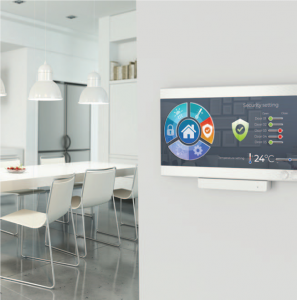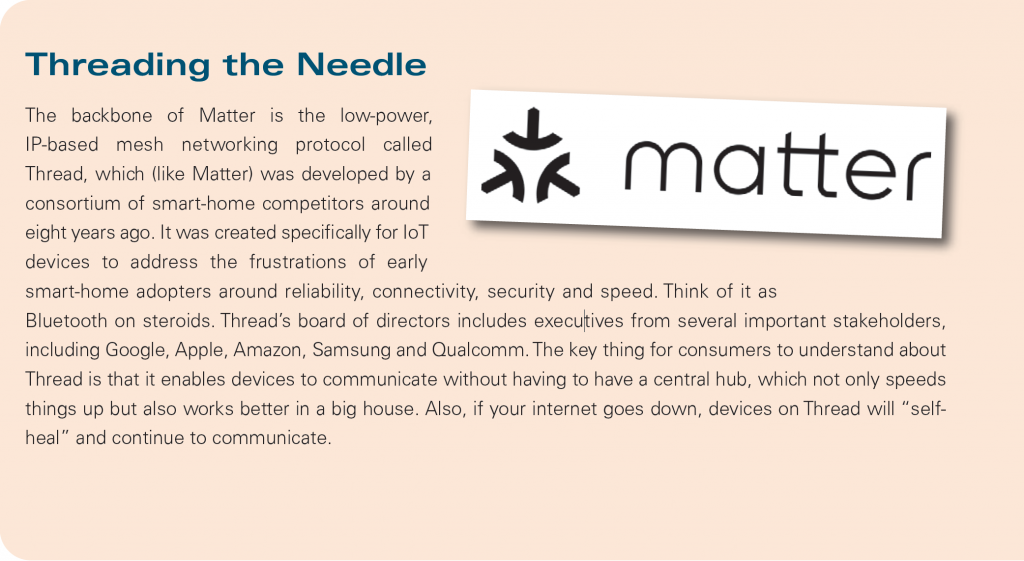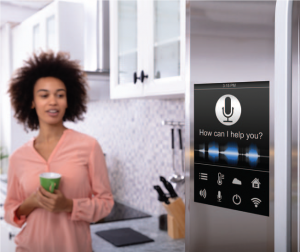Your smart home network is about to get a lot smarter.
Remember when you first heard the term smart home? For many, those words held the promise of a simple, secure and efficient way for a house or apartment to run itself, with minimal human input and maximum human benefit. The reality, as it unfolded, was something a bit different.

www.istockphoto.com
Smart-home devices required a certain comfort level and intuitiveness with technology that not all of us possessed (as well as a higher-than-normal exasperation threshold). Also, as smart as smart homes were, they weren’t always secure. Something as simple as a networked light bulb presented an opportunity (theoretically, at least) for hackers to infiltrate the app that enabled you to turn it on and off. Perhaps the most annoying aspect of the early smart homes was that it took a low-level genius to remember how to use all of the different apps unless you purchased everything from the same company. Not surprisingly, Smart Homes for Dummies went through several printings. Some consumers just gave up and came to terms with owning a stupid home. Myself included.
The leading companies competing for the smart-home dollar saw this day coming. They banded together a few years back to create a common language (aka “unifying standard”) that would enable people like yours truly to set up and use smart-home products across multiple platforms. They formed the Connectivity Standards Alliance (CSA) with the goal of simplifying the Internet of Things, or IoT. In the case of the smart home, IoT is shorthand for the various physical objects that are part of a network that shares data and information with other physical objects and which, ideally, you control with a voice command or touchscreen. In other realms, say agriculture, farmers could communicate with their crops via environmental sensors to maximize yields.
Last fall, CSA rolled out Matter, a single protocol to connect devices and systems to one another. It makes smart devices from different companies compatible and simplifies the development process for future products. It represents a huge step forward in terms of attracting the tech-adverse to cutting-edge smart technology. It enables internet-connected devices, big and small—from competing manufacturers—to communicate simply and securely.
I have started to notice the three-sided Matter logo (above) on packaging on recent shopping excursions. It tells you that the device or appliance will be able to connect with the other smart products in your home through Siri, Google Assistant, Alexa or some other hub. Set-up is simpler and voice-control of “everything” should be achievable with a minimum of technical expertise. This summer, I plan to give it a whirl—not a small step for me and my spouse, who have spent years operating our various smart devices one at a time and actually disconnected our “Hey Google” assistant.

www.istockphoto.com
Our home security system, central air conditioning, dishwasher, washing machine, iPhones and one of our cars are all speaking to one another. More importantly, we are starting to speak to them.
In case you hadn’t figured it out, we occupy an older demographic than the early adopters that embraced that first wave of smart-home products. As we stood on the sidelines, waiting to matter enough for something like Matter to come to market, we often felt like second-rate consumers. It was kind of a head-scratcher. We are not what I would call tech-adverse and, more to the point, we were ready to buy a bunch of new appliances and things like stereos and TVs—but didn’t want to invest in equipment that would have required us to use multiple networks to operate them. We left a lot of money on the table while manufacturers spent countless millions trying to outmaneuver one increasingly less-stupid home. another and capture a lion’s share of the marketplace. Now when we need to replace something (our refrigerator is making odd noises so it will be next) we will be looking for the Matter logo and folding it into our

www.istockphoto.com
So who exactly is making our home smarter? A consortium of companies with skin in the electronics game that includes Apple and Amazon. These two support-friendly companies learned a lot from stressed-out customers over the years and are at the forefront of the Matter protocol. If you use Alexa or Siri or another Matter-compliant platform, every smart device you own and plan to own should join the network minus all of the annoying apps and passcodes and registration hassles without (and this is key) compromising your home network’s security. Set-up involves scanning a code or holding your smartphone near a new device or appliance and letting Matter mostly do the rest.
Right now, more than 200 companies are out there developing stuff for the Matter platform. This is encouraging, because there is widespread acceptance of Matter in the electronics industry, which means it is unlikely that a Matter “competitor” will arise to complicate life all over again. As for older smart-home devices, most should offer the opportunity to update their firmware and join the new network through Matter bridges. A few, unfortunately, probably won’t. Among the more recognizable brands among the 200-plus that are making Matter-compliant products are Google, Samsung, GE, Belkin, and Philips, along with the aforementioned Amazon and Apple. As of May 2023, more than 700 different products had been certified by CSA to work on the Matter wireless standard—not bad, considering there were just a handful available last Christmas.












